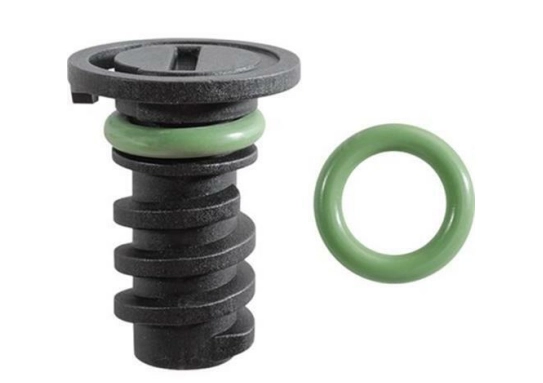Choosing the Right Wheel Bearing Grease and Seal for Optimal Performance and Longevity
Understanding Wheel Bearing Grease Seals Importance and Functionality
Wheel bearing grease seals play a crucial role in the maintenance and performance of vehicles. These seemingly simple components are essential for protecting wheel bearings from contamination and ensuring the longevity of the entire wheel assembly. In this article, we will explore the significance, functionality, and maintenance of wheel bearing grease seals.
What Are Wheel Bearing Grease Seals?
Wheel bearing grease seals are specifically designed rubber or metal components that fit snugly around the wheel bearings of a vehicle. Their primary function is to keep lubricant (usually grease) in the bearing and contaminants such as dirt, water, and dust out. By doing so, they help maintain the optimal operating conditions for the bearings, which are crucial for smooth wheel rotation and overall vehicle performance.
Importance of Wheel Bearing Grease Seals
The importance of wheel bearing grease seals cannot be overstated. They serve several vital functions
1. Protection Against Contaminants The primary role of a grease seal is to prevent contaminants from entering the wheel bearing. Dirt, debris, and moisture can cause significant wear and tear on the bearings, leading to premature failure.
2. Retention of Lubricant Grease seals help retain the lubricant within the bearing assembly. This lubrication is necessary for reducing friction and heat, ensuring that the bearings function efficiently.
3. Enhanced Lifespan By keeping contaminants out and retaining lubricant, grease seals significantly extend the lifespan of wheel bearings. This can translate to lower maintenance costs and improved reliability for the vehicle.
4. Safety Well-functioning wheel bearing grease seals also contribute to vehicle safety. Failing bearings can lead to severe handling issues, noise, or even complete wheel failure, posing risks for the driver and others on the road.
wheel bearing grease seal

How Wheel Bearing Grease Seals Work
The design of a wheel bearing grease seal typically involves a flexible lip that makes contact with a stationary surface, creating a barrier. This barrier prevents the escape of grease while blocking contaminants. The effectiveness of a grease seal depends on its material and design quality, which are engineered to withstand various environmental conditions, such as temperature fluctuations and exposure to road debris.
The seals are usually installed during the assembly of wheel bearings. Proper installation is critical; it must be fitted tightly to prevent the ingress of dirt while allowing the necessary movement of the bearings. Over time, however, grease seals can wear out, leading to leaks and contamination.
Maintenance of Wheel Bearing Grease Seals
To ensure the longevity of wheel bearing grease seals, regular maintenance is necessary
1. Visual Inspection During routine vehicle check-ups, it's essential to inspect the grease seals for any signs of wear or damage, such as cracks, splits, or discoloration.
2. Regular Lubrication Maintaining the right amount of grease in the wheel bearings is vital. Over-greasing can cause the seals to fail, while under-greasing can lead to insufficient lubrication.
3. Prompt Replacement If any damage is found, it’s crucial to replace the grease seal promptly to avoid further damage to the wheel bearings.
In conclusion, wheel bearing grease seals are small but vital components of a vehicle’s wheel assembly. Their ability to keep contaminants at bay while retaining lubricant ensures the smooth operation and longevity of wheel bearings. Regular maintenance and timely inspections can prevent costly repairs and enhance vehicle safety. Understanding the importance of these seals can aid car owners in making informed decisions about their vehicle’s upkeep, ultimately leading to a more reliable and safe driving experience.
-
Understanding the Front Main Engine Seal: Purpose, Maintenance, and Installation
News Jul.29,2025
-
Understanding O-Rings and Seal Rings: Types, Applications, and Custom Solutions
News Jul.29,2025
-
Understanding Crankshaft Oil Seals: Rear Seals, Pulley Seals, and Their Role in Engine Integrity
News Jul.29,2025
-
The Importance of Front and Rear Crankshaft Seals in Engine Performance and Oil Management
News Jul.29,2025
-
Crank Oil Seals: Functions, Types, and Cost Considerations in Engine Maintenance
News Jul.29,2025
-
A Comprehensive Guide to O-Rings and Seals: Types, Materials, and Global Applications
News Jul.29,2025
-
Mastering Diesel and Performance Engine Maintenance: A Guide to Critical Oil Gaskets
News Jul.28,2025
Products categories















